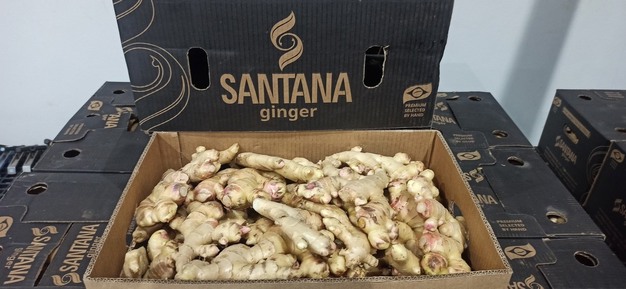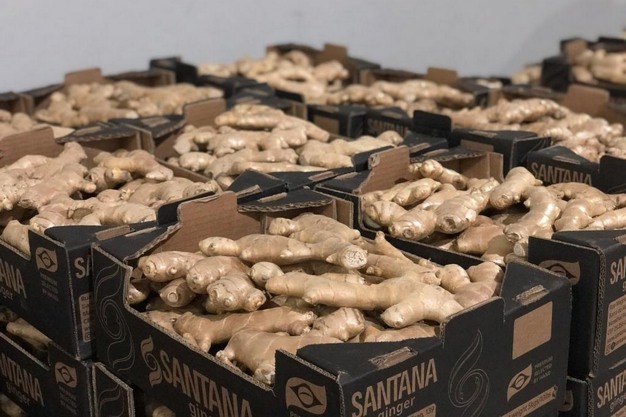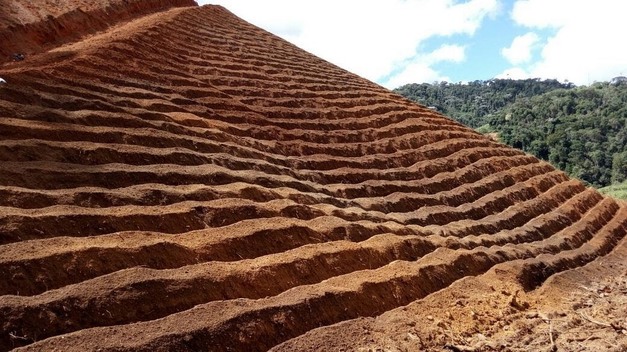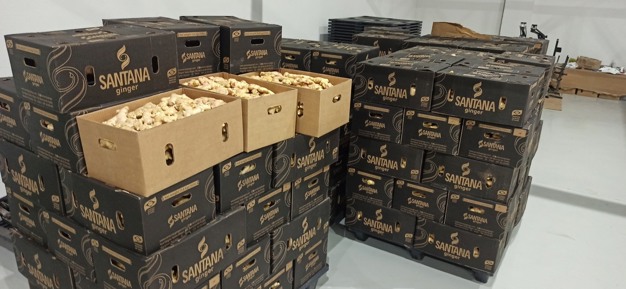Brazil has emerged as a major exporter of ginger, with the state of Espírito Santo accounting for more than 90% of the production destined for the international fresh ginger market.
In 2024, Santana Ginger, a family business with over two decades in the sector, focused its strategy on the European market. Its main destinations included the Netherlands, France, Italy, Spain, Poland, the Czech Republic, and Portugal. "All large-volume goods go to the Netherlands, the largest importer of ginger in Europe," stated Patrick Santana. In 2025, the company seeks to expand to the United States, an attractive market but with logistical and competitive challenges. "Most of the ginger exported to the United States arrives in Miami, Philadelphia, and New York, from where it is distributed to the rest of the country," Santana stated.
 © Santana Ginger
© Santana Ginger
Brazil is not alone in this industry. Competition with Peru and China is strong, especially with the latter, which dominates global exports of this product. However, each country offers ginger with different characteristics. "Peruvian ginger is smaller and thinner. It's as thick as a finger. Chinese ginger, on the other hand, has an opaque skin and a more yellowish hue," Santana explains. "Our Brazilian ginger stands out for its size, its shiny skin, which makes it more attractive in certain markets."
 © Santana Ginger
© Santana Ginger
Ginger prices fluctuated in 2024. "It was a very good year for producers, with high prices and interesting margins," Santana said. However, conditions changed when global supply increased and demand was unable to absorb the amount of product available. "When the market is in its peak season, prices go up, but things can change in 30 days, which is how long it takes for ginger to reach Europe," he stated.
Production and export costs also affected profitability. "The cost of the product that left Brazil was very high, but the market lowered prices due to oversupply from China and other countries," the exporter stated.
 © Santana Ginger
© Santana Ginger
Ginger cultivation in Brazil has unique characteristics. It is managed by traditional farming communities, many of them in their second or third generation. "It is practically organic, with minimal use of chemicals and artisanal management," Santana stated. However, this type of farming requires land rotation, which poses a logistical and productive challenge.
 © Santana Ginger
© Santana Ginger
Growth expectations for 2025 are positive. "We expect a 10% to 20% increase in production," Santana estimates. However, he acknowledges that international market conditions will continue to set the tone.
 © Santana Ginger For more information:Patrick Santana
© Santana Ginger For more information:Patrick Santana
Santana Ginger
Tel: +55 27 99656 1133
Email: patrick@santanasginger.com
www.santanasginger.com

